Tunnels had their own roles to play in every civilization and Indian civilization is no exception. Tunnelling dates back to prehistoric times. Primitive people dug cavities or widened the natural caves as shelter against weather, wild life and enemies. Archaeological research establishes that man even in the stone-age excavated cavities. Prehistoric tunnels built a few thousand years ago have been discovered in India. Tunnel construction in India dates back to Mahabharata period when Pandavas excavated an escape tunnel. History also reveals that many kings constructed escape tunnels from their forts to safer places to be used during emergencies. Modern tunnel construction in India has its origin mainly in the nineteenth century when a number of railway tunnels were constructed for the extension of the railway network for crossing hill ranges in Western Ghats, Vindhayas and in the foothills of Himalayas, for connecting few hill resorts like Shimla. Barring a few tunnels in the soft rock formations in the Himalayan foothills, most of the tunnels were excavated in hard rock strata in Peninsular India. Construction of tunnels received a big boost after Independence when large programmes for harnessing of water resources were undertaken, which involved construction of tunnels for water conveyance and other underground works. Tunnels in other sectors such as railways, roads transport were also taken up. In the last six decades, about 350 tunnels have been constructed having a total length of about 660 km in various projects.
reviews
Bibliographic information
Title
History of Tunnels in India
Publication
Publication
Author
Edition
1st ed.
Publisher
ISBN
8173363145, 9788173363146
Length
189p. Coloured & B/w Plates; Maps; 30cm.
Subjects

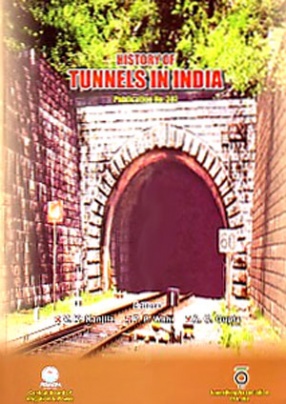



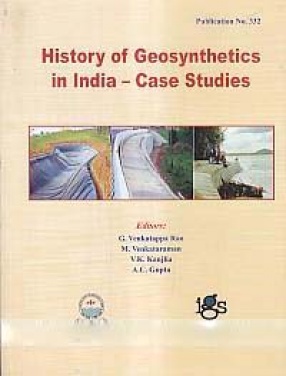

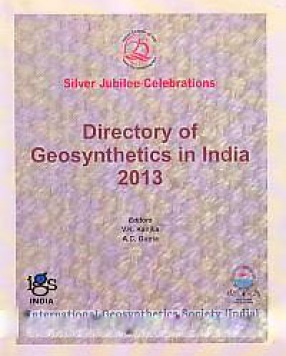

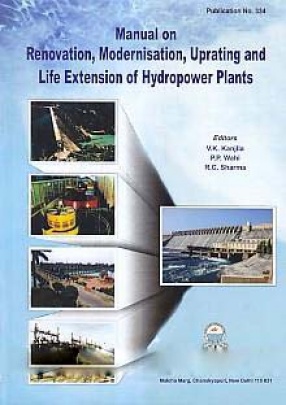
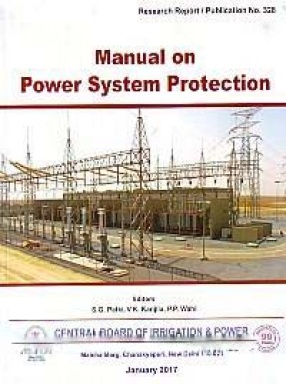
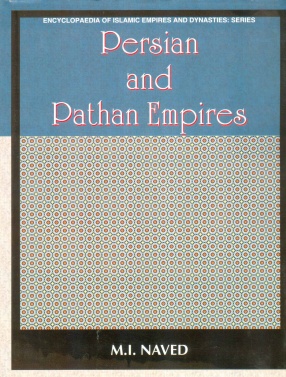


There are no reviews yet.